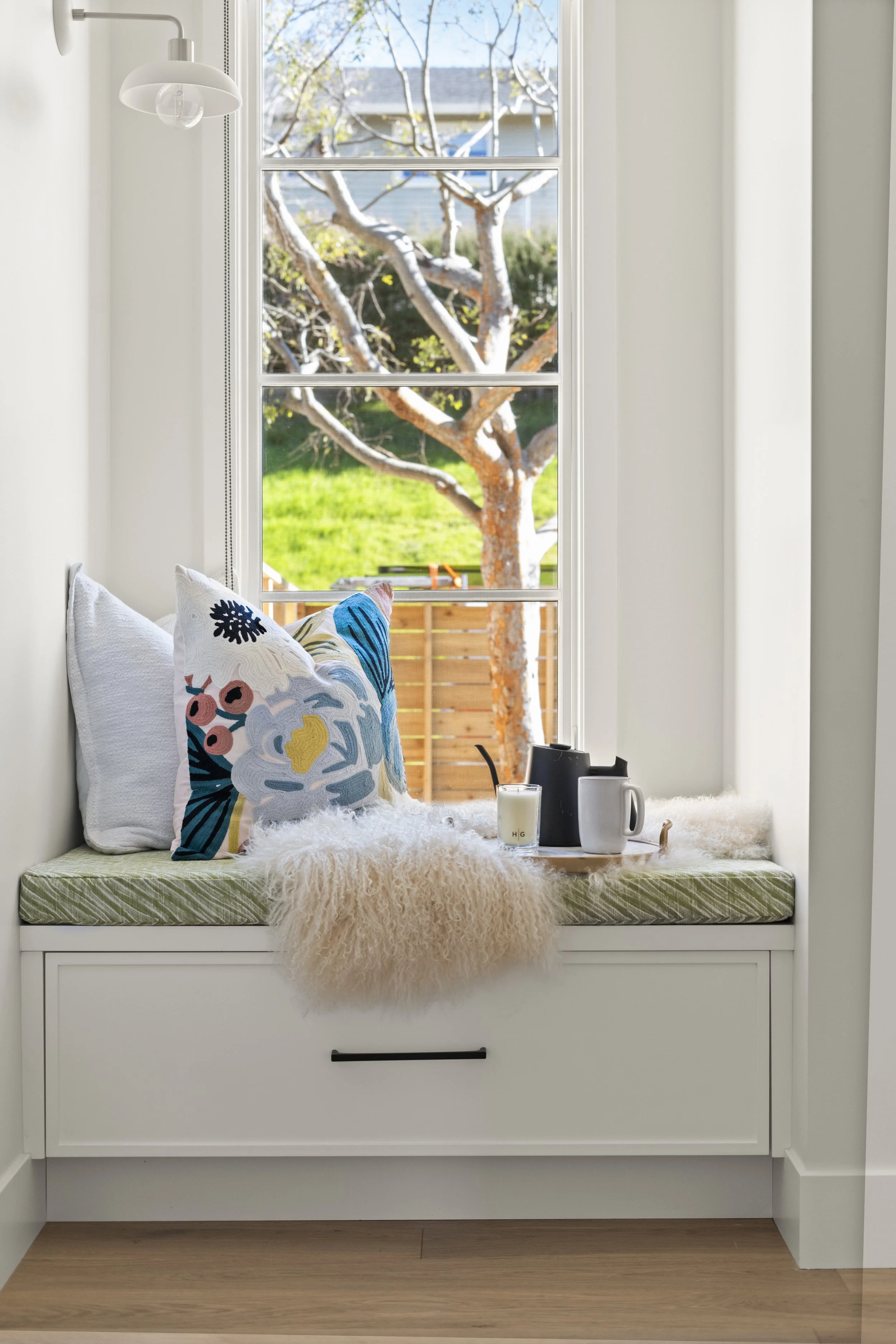The rise of remote work has transformed how we balance our professional and personal lives. For work-from-home parents, this shift presents unique challenges and opportunities. The key to thriving in this environment is designing spaces that can effortlessly transition from office mode to family time. Here are some practical ideas to help you create a home that supports your dual roles as a professional and a parent.
Designating a Dedicated Workspace
A dedicated workspace is crucial for maintaining focus during work hours and drawing a clear boundary between professional and family life. Ideally, this space should be in a quiet part of the house, away from high-traffic areas. If you have the luxury of a spare room, convert it into a home office. For those with less space, consider using a section of your bedroom, a corner of the living room, or even an unused closet. We have also seen many people convert their garage spaces into stylish and functional workspaces.
When designing your workspace, think about functionality and comfort. Invest in a good desk and ergonomic chair to support long work hours. Ensure the area is well-lit, with access to natural light as this boosts productivity and mood. Personalize the space with items that inspire you, such as artwork, plants, or family photos. Remember, the goal is to create a space that feels separate from the rest of the house, signaling to your brain that it’s time to work.
Using Multi-Functional Furniture
In smaller homes, multi-functional furniture is a game-changer. Look for pieces that can serve dual purposes, such as a desk that folds away when not in use, or a bookshelf that doubles as a room divider. These items allow you to quickly transform your office into a family space once the workday is over.
For instance, a drop-leaf table can function as a workspace during the day and a dining table in the evening. Similarly, a storage ottoman can hold work supplies while serving as extra seating or a coffee table during family time. The key is to find furniture that blends seamlessly with your home’s aesthetic, ensuring the transition from work to family time is as smooth as possible.
Creating a Flexible Schedule
One of the advantages of working from home is the flexibility it offers. Take advantage of this by creating a schedule that accommodates both your work responsibilities and family needs. Block out specific times for focused work, and build in breaks to spend with your children or handle household tasks.
To make this work, consider setting up a daily routine that the whole family can follow. For example, start the day with a family breakfast before heading to your workspace. Schedule regular breaks to check in with your kids, and try to end your workday at the same time each evening to signal that it’s time to transition to family time.
Incorporating Storage Solutions
Clutter can be a major distraction when working from home, and it can also make it difficult to fully switch off at the end of the day. Incorporating smart storage solutions into your home office can help keep your space tidy and your mind clear.
Consider using file cabinets, shelving units, or storage boxes to organize your work materials. Label everything clearly, so you know exactly where to find what you need. If you’re short on space, vertical storage can be a lifesaver. Floating shelves, wall-mounted organizers, and hanging baskets are all great options for keeping your workspace organized and clutter-free.
At the end of the workday, take a few minutes to tidy up your desk and put away any work-related items. This simple habit can help you mentally transition from work mode to family time, making it easier to relax and enjoy the evening with your loved ones.
Designing a “Work-Free” Zone
To maintain a healthy work-life balance, it’s important to have areas of your home that are completely free from work-related activities. Designating a “work-free” zone can help reinforce the separation between your professional and personal life.
This could be your living room, where you relax with your family in the evenings, or your bedroom, which should be a sanctuary for rest and rejuvenation. Make a rule that work devices, such as laptops and phones, are not allowed in these spaces. Instead, use these areas to unwind, connect with your family, and recharge for the next day.
Incorporating Calming Elements
To ease the transition from office time to family time, consider incorporating calming elements into your home. These can help signal to your brain that it’s time to wind down and shift your focus from work to relaxation.
Soft lighting, such as dimmable lamps or candles, can create a cozy atmosphere in the evening. Aromatherapy, with scents like lavender or chamomile, can also help reduce stress and promote relaxation. If possible, play some soothing music or nature sounds to create a peaceful environment as you transition from work mode to family time.
Establishing Evening Rituals
Establish evening rituals that signal the end of the workday and the beginning of family time. This could be something as simple as changing into more comfortable clothes, taking a walk around the block, or spending a few minutes meditating.
Engage your children in a nightly routine, such as reading together, enjoying a family dinner, or having a movie night. These rituals can help create a sense of closure to your workday and allow you to fully embrace your role as a parent.
Balancing work and family life as a work-from-home parent is challenging, but with thoughtful design and planning, you can create a home that supports both. By designating a dedicated workspace, using multi-functional furniture, and incorporating calming elements, you can seamlessly transition from office time to family time, ensuring that you’re able to give your best to both your work and your family.












